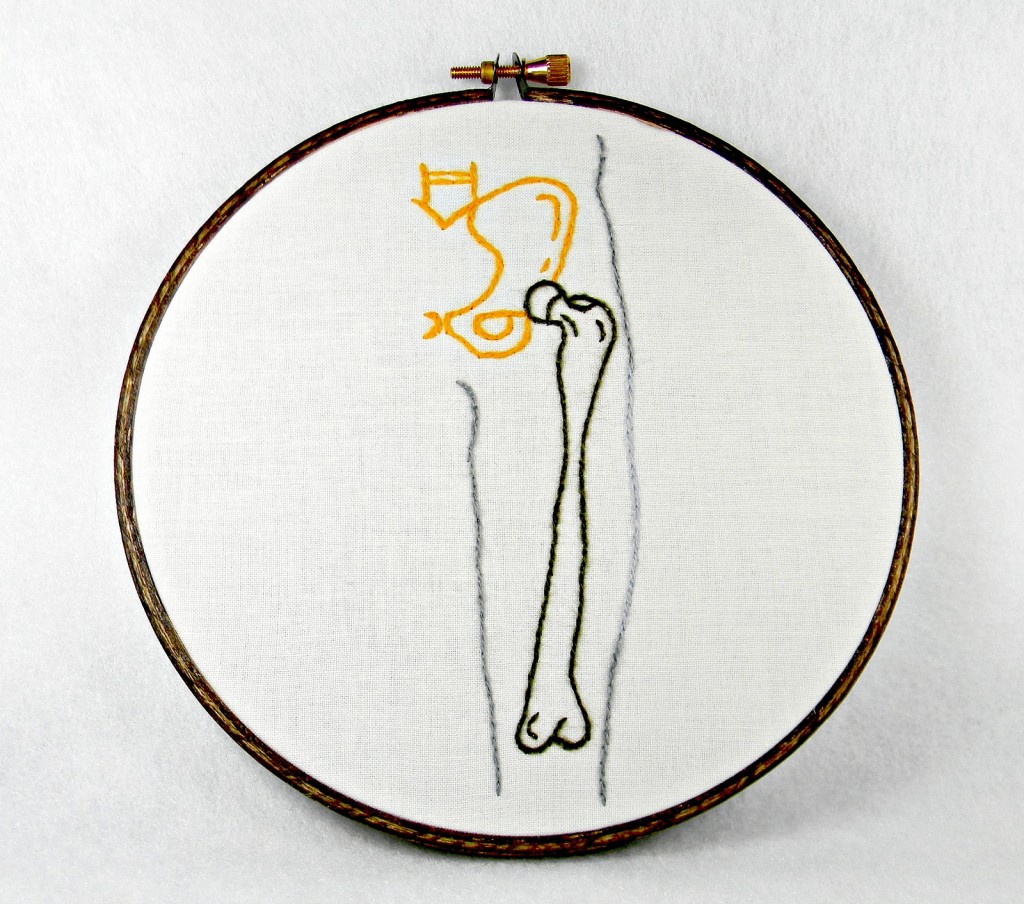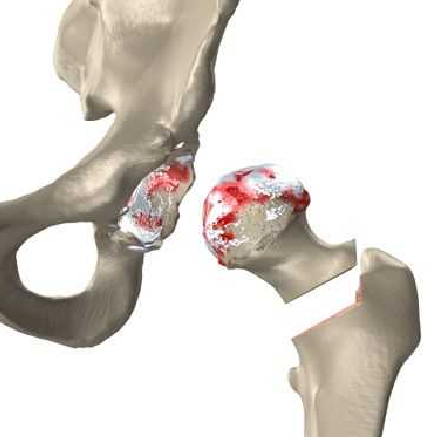According to a recent study, arthritis accounts for about 20% of all hip pain patients. Because arthritis is a progressive disease, it should be noted that it usually begins slowly and then worsens with time. The literal definition of the term “arthritis” is “inflammation of the joint.”
Different forms of arthritis can affect the hip, and each has its own set of symptoms. Your hip arthritis treatment options may be influenced by the type of arthritis you have.
Arthritis Comes in a Variety of Forms
There are four basic forms of arthritis that can damage the hip joint, each of which is described here. They are as follows:
- Osteoarthritis
- Systemic lupus erythematosus
- Rheumatoid arthritis
- Ankylosing spondylitis
There is currently no treatment for any type of arthritis, but there are strategies to manage the pain and other symptoms that are connected with the condition.
1. Osteoarthritis
Osteoarthritis, which literally translates as “arthritis of the bone,” is the most frequent type of arthritis. Often defined as the result of wear and strain on the joints, it is more common in older individuals than in younger individuals.
When you walk, your hip joint is made up of the ball-shaped end of your thigh bone (femoral head) that fits into the hip socket. The inside of this ball-and-socket joint is coated with smooth cartilage, which makes it easier for the joint to move around. Eventually, the smooth cartilage in the ball and socket will wear away, causing the remaining rough surfaces of the ball and socket to grind against each other and cause pain. Osteoarthritis can cause the joint to deteriorate or become chronically damaged over time.
2. Rheumatoid Arthritis
Rheumatoid arthritis is a systemic illness, which means that it affects your entire body rather than simply your hip joint, as the name suggests. Rather than being caused by wear and tear, inflammation is a result of the immune system’s response.

When it comes to hip joints, they are protected by a unique capsule that surrounds the joint completely. Joint fluid (lubricant) is injected into this capsule, which has a unique coating and allows the joint to move more freely. Rheumatoid arthritis is characterized by swelling of the synovial lining of the joints. In the beginning, rheumatoid arthritis produces pain and swelling, but with time, it can cause the bone and cartilage of the joint to degrade and eventually fail.
3. Systemic Lupus Erythematosus
Systemic lupus erythematosus, sometimes known as lupus, is an autoimmune condition that can affect any area of the body, including the hip joint. It is caused by a faulty immune system. It is possible for lupus to affect the hip, causing inflammation and damage to the joint. Lupus can affect persons of any age, but it is more frequent in women between the ages of 15 and 35.
4. Ankylosing spondylitis
It is a persistent inflammation of the spine and the sacroiliac joint (where the spine joins the pelvis) that can also affect the hip. Although ankylosing spondylitis can affect persons of any age group, including youngsters, it commonly manifests itself in individuals between the ages of 17 and 35. Men are more likely than women to be affected by this condition.
Individuals suffering from ankylosing spondylitis are more likely than not to experience flares, during which the condition is at its worst, followed by times of remission, during which the condition is at its best.
